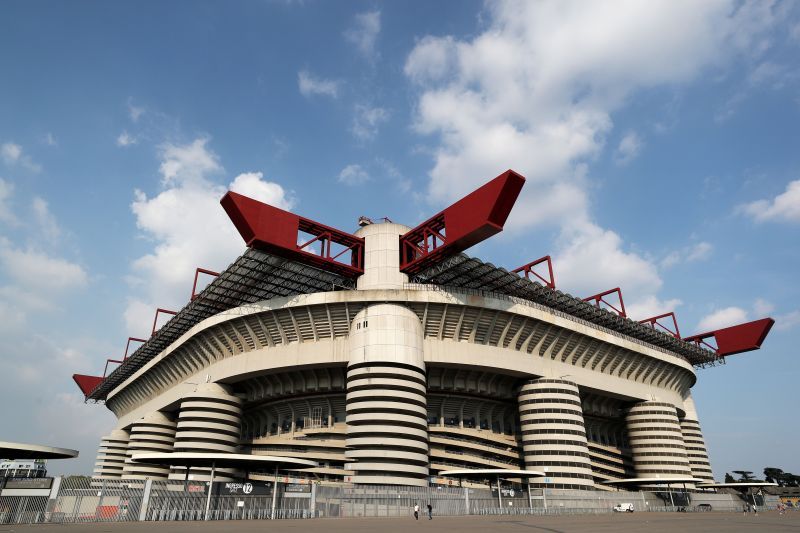
The end of San Siro is the consequence of ambition
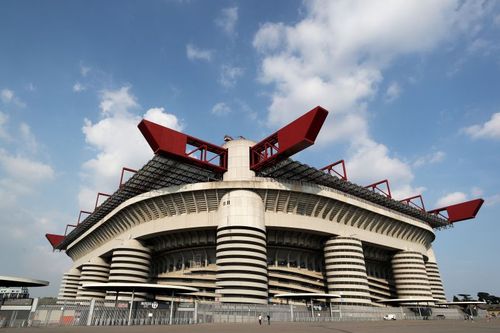
The demolition of the iconic San Siro Stadium moved a step closer this week. The Italian heritage authority declared that the home of AC Milan and Internazionale holds 'no architectural significance'.
But in the proud and decorated history of calcio, there are few arenas that define the Italian game like the Stadio Giuseppe Meazza that sits on the outskirts of the city. First opened to the public in 1926, the stadium hosted games at the 1934 FIFA World Cup, and again in 1990 following significant redevelopment.
The stadium played host to the great AC Milan side of 1950's with the fabled Swedish trio of Gunnar Gren, Gunnar Nordahl and Nils Liedholm. Arrigo Sacchi revolutionised club football in Italy and across Europe at the San Siro during the 1980's, while legends like Paolo Maldini and Franco Baresi will forever consider the stadium as their home.
The Grande Inter team of the 1960's marked a significant tactical chapter in the history of the Italian game at the stadium, as manager Helenio Herrera fine-tuned the catenaccio defensive system. It brought both success and the shackles of a negative reputation for Serie A that proved difficult to shake. But like the subsequent tactical shift of Sacchi, it was a key moment in the history of the game.
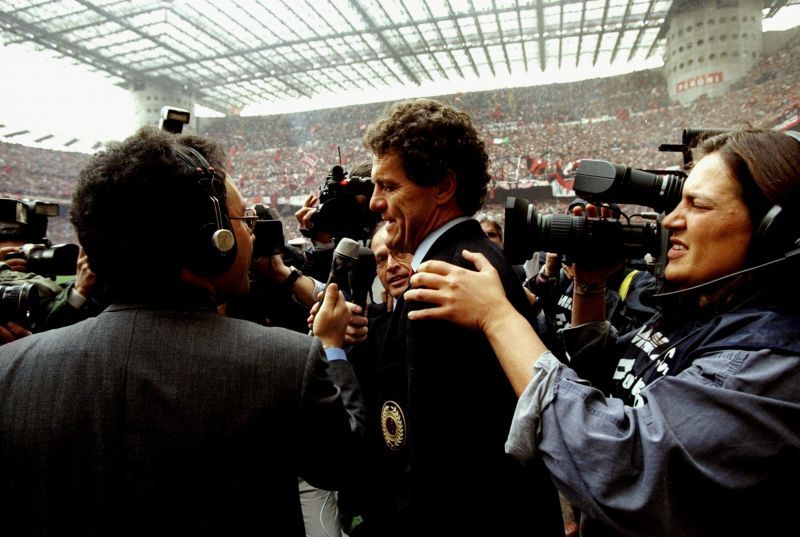
In 2010, José Mourinho completed the treble with the Nerazzurri. The Portuguese delivered the Scudetto, the Coppa Italia and the UEFA Champions League to the stadium named after one of their greatest players. Giuseppe Meazza was the Internazionale goal-scoring legend of the 1920's and 30's, and will forever be associated with the arena where he made his name.
Fabio Capello brought European success in to AC Milan during the 1990's. Sandro Mazzola was the fabled striker for Hererra's team who helped make Internazionale European and world champions in 1964 and again in 1965. Success in the Italian city will forever be remembered within the walls of San Siro, and the memories will remain long after its demise.
National pride
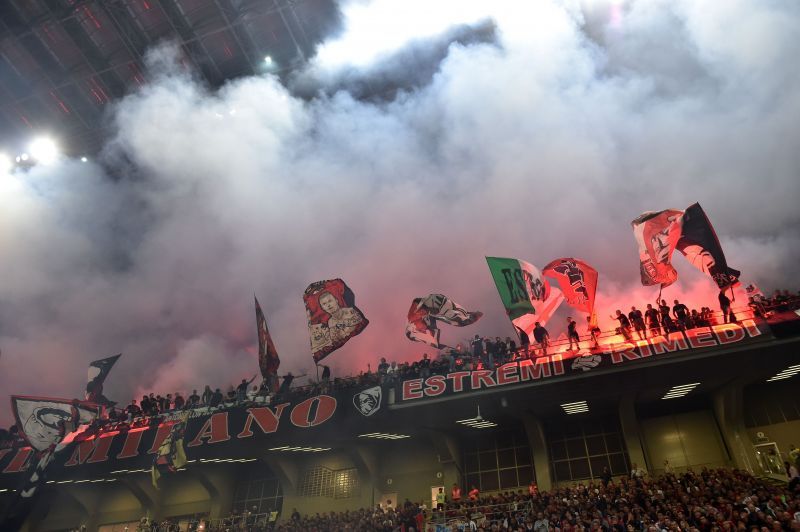
The San Siro has also played host to the Azzurri on many occasions during the course of the last century, and it is a fitting spiritual home for the Italian national team. Without the distancing of a running track, for many years the stadium created an intense atmosphere that few others venues in Italy could offer.
But with San Siro now a prominent fixture of the Milan landscape for almost a century, it has become a liability that prevents its teams from competing with the rest of Europe's elite. The two Milan clubs have fallen behind Juventus both domestically and on the continent. Replacing their crumbling home is their only hope of restoring former glory.
Described as the scala del calcio, the theatre of football, the San Siro sadly belongs in a bygone age. The San Siro has restricted views, sections currently closed for safety reasons, and limited corporate facilities that are so valuable in the modern game. These make this a stadium now unfit to stage any club with ambition to dine at the top table of European football.
The Italian heritage authority have offered their opinion on the historical structural value of the stadium. But its value to the Italian game and how it is perceived around the world makes the San Siro a priceless commodity.
It is a stadium that football tourists flock to from around the globe, with its unique structure a defining image of the culture that surrounds the game in Italy.
A new home and an exciting future
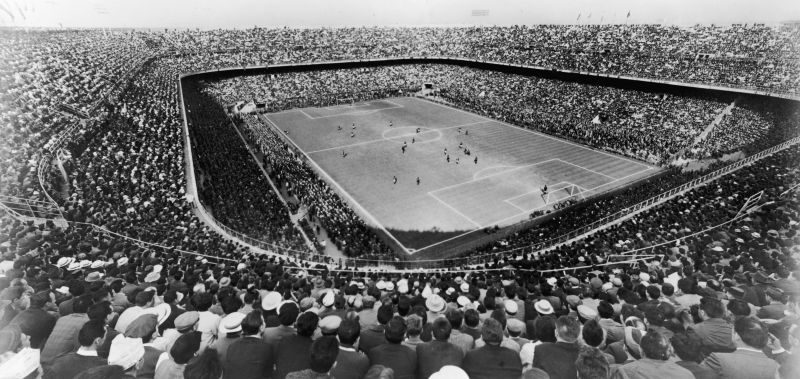
The proposed Nuovo Stadio Milano will become one of the most impressive stadiums in the world. But no Derby della Madonnina played away from the San Siro could ever compare to the many derbies held between AC Milan and Internazionale that have taken place there over the course of the last century. It will be another chapter of the Italian game confined to the annals of history.
But that does not make the decision to move on from the San Siro wrong. It is merely a consequence of necessity and ambition. Like Tottenham Hotspur, Arsenal, Juventus and many other leading clubs in recent years, unsuitable yet historic venues have been replaced. Not even Wembley Stadium, the iconic and celebrated original home of football, could stand in the way of progress.
Does the San Siro no longer have a place in this era?
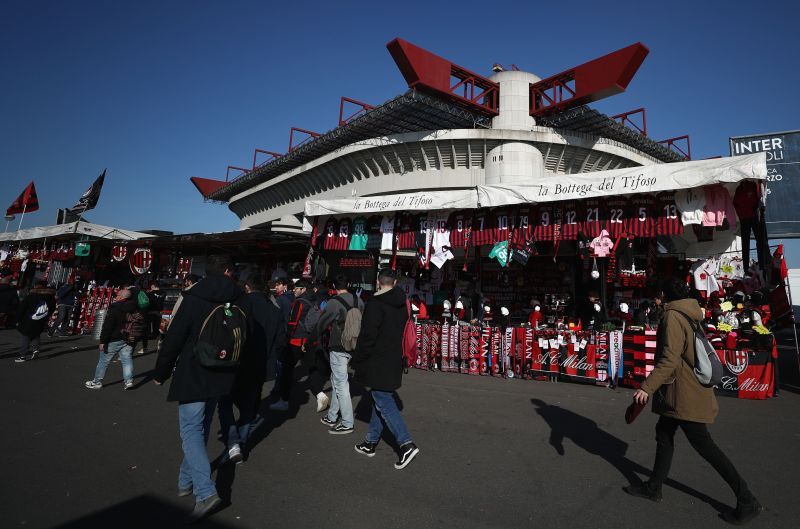
While a new stadium is planned, there remains hope that the current San Siro will continue to exist, if only for historical purposes.
The spiralling corner towers are instantly recognisable and offer a mental stimulation of the iconic moments that have take place between them. The cross-hatch shadows have the filtered the Milanese sun over some of the greatest teams in European football history.
Bringing a close to this chapter in the history of the Italian game will bring a significant culture shift, and its justification will be in the long-term success that follows for the capital's two clubs.
The modern game demands a modern environment in which to function and thrive, and it is San Siro that no longer has a place in this new era.